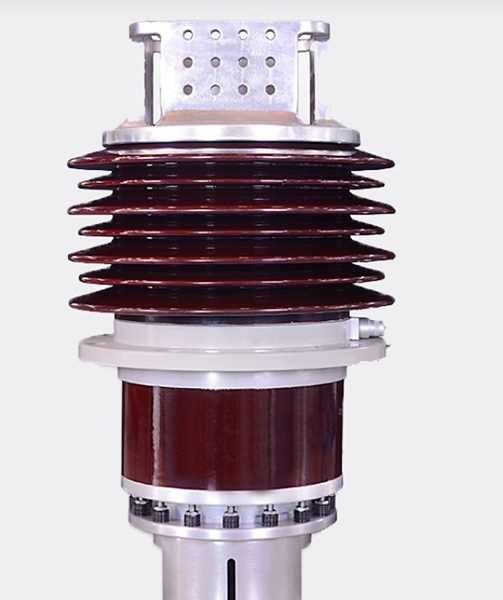The Purpose of a Bushing: A Comprehensive Guide
The term "bushing" is often used in the fields of mechanical engineering and automobile technology. It is a seemingly modest part that is essential to many pieces of machinery and automobiles. In this extensive study, we will delve into the finer points of bushings, examining their function, varieties, and uses as well as the reasons why they are crucial to the efficient working of mechanical systems.
Understanding Bushings: The Basics
What is a Bushing?
A bushing, sometimes referred to as a bush or plain bearing, is a cylinder-shaped metal or non-metal sleeve used to lessen wear and friction between two moving elements. These parts are frequently mounted or inserted into holes to offer stability, lessen vibration, and enable controlled movement.
The Core Purpose
A bushing's main function is to create a low-friction interface between two components, enabling smoother motion and lowering heat production. The automobile, industrial machinery, and aerospace industries all depend on bushings as essential parts.
Types of Bushings
There are many different varieties of bushings, each created to address particular requirements and operational circumstances. Let's look at a few of the most typical ones:
1. Sleeve Bushings
One of the most basic and frequently used varieties are sleeve bushings, commonly referred to as cylindrical bushings. They are made consisting of a sturdy cylindrical sleeve that surrounds a shaft to support it and lessen friction.
2. Flanged Bushings
Flanged bushings have a flange at one end that serves as a stopper and facilitates the bushing's placement. In applications where axial movement needs to be restricted, they are frequently utilised.
3. Tapered Roller Bearings
The radial and axial loads can both be handled by tapered roller bearings. They are frequently used in automotive wheel hubs and have tapered rollers that improve load-bearing capacity.
4. Spherical Bushings
It is possible for the shaft and housing to be out of alignment when utilising spherical bushings or spherical plain bearings. They are perfect for applications involving multidirectional movement.
5. Thrust Bushings
Thrust bushings are crucial in applications requiring large machinery and equipment because they are specifically designed to handle axial strains.
Applications of Bushings
Due to their adaptability and dependability, bushings are used in a diverse range of industries and machinery. Here are a few noteworthy instances:
Automotive Industry
In the automotive industry, bushings are used in pivot points, engine mounts, and suspension systems. They improve ride comfort by lowering noise, vibration, and harshness (NVH).
Industrial Machinery
In order to provide smooth movement in conveyor systems, robotic arms, and assembly lines, manufacturing machinery primarily relies on bushings.
Aerospace
In aircraft applications, where accuracy and dependability are crucial, bushings are essential. They are utilised in flight control systems, landing gear, and control surfaces.
Marine
Bushings are essential for maintaining durability and endurance in winches, steering systems, and propeller shafts—even in the harsh marine environment.
Why Bushings are Essential
Reduced Friction
Bushings reduce wear and tear by reducing friction between moving parts, hence extending the life of equipment and lowering maintenance expenses.
Vibration Dampening
Bushings provide a quieter, more relaxing experience while also protecting sensitive equipment in many applications by absorbing vibrations and shocks.
Precision and Accuracy
Bushings make ensuring that parts move smoothly and retain alignment in fields where precise movement is essential, such robotics and manufacturing.
Cost-Efficiency
Bushings aid in long-term cost reduction by lowering friction, preventing early wear, and extending the life of machinery.
Conclusion
In conclusion, a bushing has far more use than just aesthetic appeal. These unassuming parts ensure the smooth operation of machines and vehicles, acting as the unsung heroes of many industries. Bushings are essential for improving productivity, accuracy, and cost-effectiveness because they reduce friction and absorb vibrations.
So, keep in mind the huge influence these modest parts have on our daily lives the next time you hear the word "bushing" used in relation to mechanical systems.

.png)

.jpg)
Comments
Post a Comment